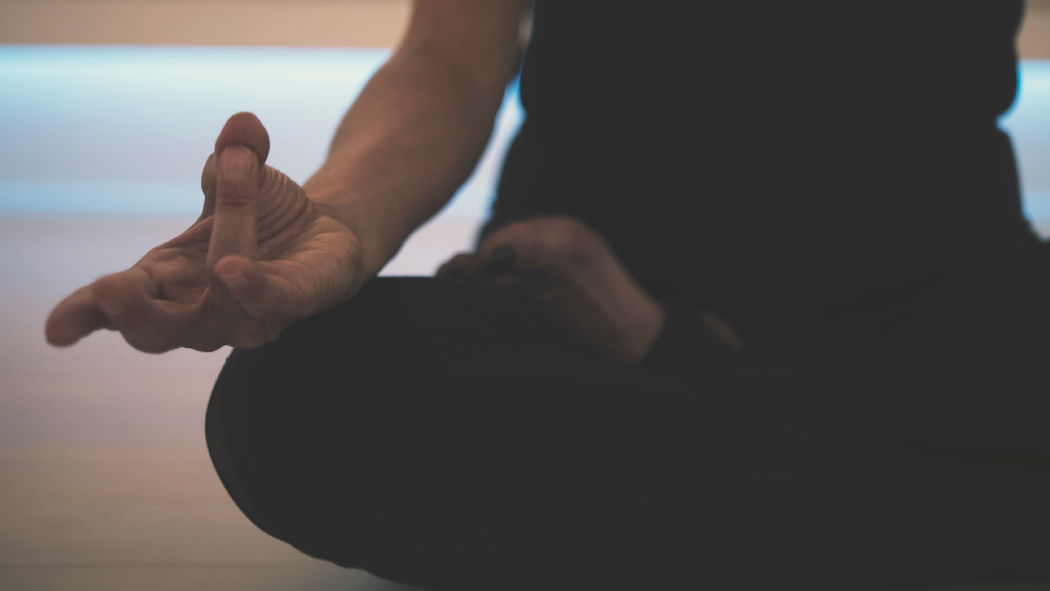Disentangling Love from Attachment
In moments when you’re less emotionally reactive, when mindfulness is present, can your relationships reveal to you the places in which you’re acting from a place of attachment, not from love? Perhaps you’re stuck in a feeling of jealousy, of feeling misunderstood, of not being seen.
In one sense, we might think of attachment as something that comes along with love. Biologically, that’s undeniably true: feelings like jealousy certainly serve some evolutionary purpose: to bring us together and to keep us together for long enough to reproduce. In this sense, love and attachment arise along with one another.
We can also distinguish healthy attachment from unhealthy attachment. In modern Western psychology, attachment refers to having a healthy sense of connection with caregivers during childhood, which allows us to form and maintain healthy, secure relationships in adulthood.
In Buddhism, attachment is craving; it refers to the ways in which the mind tends to be drawn towards and cling to pleasant experiences. Then, when things inevitably change, we suffer. Even before things change, attachment creates suffering because simply the unconscious knowing that things will change causes the mind to clamp down on the object of desire like a dog on a bone, futilely hoping that this feeling can last forever, which, of course, it never does.
Thus from another perspective, we might think of attachment and love as opposites: attachment is a heart-mind that’s in a state of contraction; love is a heart-mind that’s in a state of expansion.
The more we develop a continuous sense of mindfulness through meditation we can start to see more clearly when we’re getting contracted vs expanded, and what kind of things trigger these movements of the body-mind. We also begin to attune to the felt sense of these different states. When we start feeling in our bodies-hearts-minds, how deeply unpleasant it is to get contracted--to grasp, to push away, to resist--we begin to let go.
This isn’t an idea that our egos can talk ourselves into, to persuade ourselves into some story about how what’s really disturbing us deep down isn’t actually bothering us. This will only create more delusion and suffering. The suffering that comes along with attachment is something that we must see directly into within our moment to moment experience. As we begin to do so, we become no more interested in clinging to that object than we would be in holding onto rope that’s burning our hands as it’s being pulled away from us: instead of resisting in agony, we realize that we can just let go.
Attachment also involves the feeling the trying to manipulate or control our experience, which can include the people within our experience. One way I have noticed this show up within my own life is trying to make my romantic partners fit into some kind of belief or expectation that I have for them. When the mind forms an image of how things should be, and then reality doesn’t map onto that image, the difference between those two points is the degree of our suffering, if we’re attached to that image. This latter point is an important one: it’s not that we won’t have expectations or beliefs or desires. All of these are natural and inevitable and even serve important functions.
But given that the vast majority of life, even just within our own experience, is outside of our control, if we are attached to these expectations and beliefs and desires, we are setting ourselves up for suffering.
When my wife and I got divorced, it was extremely difficult not only during that time, but at many points throughout the following year.. Amazingly, we managed to remain good friends and even just a month after our divorce where we were really able to shift into a place of recognizing how much we still cared for and valued one another. From my perspective, when suffering would show up from time to time I realized that it was rooted in an image of how things should be based on how things were in the past, which didn’t map onto how things were now.
Actually, if mindfulness was just noticing what was happening in the present moment, there was nothing wrong. In fact, there were many positive things to notice and be grateful for about our relationship. But the clinging to past images, and to views and judgments, is what was keeping me feeling contracted, lost in doubt, stuck in shame.
If we can rest in a more expansive—that we love this person and want them in our lives--the mind can let go of particular ideas and images about how that love should look.
It’s free to notice what’s actually happening now, how relationships evolve and transition. It can also be receptive to new possibilities.
As I’ve written about before, the practice of the RAIN of self compassion is very powerful when we feel trapped inside powerful challenging emotions like shame or judgment or anger. RAIN stands for: Recognize, Allow, Investigate and Nourish with Self Compassion.
Another powerful move once we notice that we’re stuck is to drop back into an expanded space of Loving Awareness. We can still use the first two steps within RAIN. First, we can Recognize what’s going on: shame is like this, judgment is like this, doubt is like this. We can Allow whatever is arising just to be there. We might also notice the ways in which the body is contracted or we’re resisting that feeling--a clenching of the jaw, a tigething of the chest--and we can just allow that to be there as wel. Breathing into that area can facilitate a feeling of openness.
Then instead of zooming in to investigate where in the body we might be feeling this emotion, we can allow our attention to zoom out. Mindfulness can notice that whatever is arising, no matter how powerful, is happening within a larger field. That things that’s feeling relatively more contracted than expanded, the mind, the ego, that actually happening within awareness itself.
Take a moment to look at your hand for thirty seconds. What do you see?
Most people describe all of the features of their hands. What virtually no one recognizes is space. Your hand has to exist within space for you to see it. Of course, this is all true for every object of perception that you see: the world in which we divide into concepts like sky, stars, moon, ocean. It’s also true for you, the thing you never notice since a central act of consciousness for humans--perception--is always the experience of staring out at the world.
The mind is like this: it can only exist within space. That space is awareness.
Just as a hand can let go of a clenched fist and open its hand in offering, the mind can release from a state of contraction around an object into one of expansion. When the mind moves far enough out into expansion there’s a melting into awareness itself.
That’s the point of surrender, of letting go, of a mind that’s no longer clinging to its attachments. One flavor of this awareness is Love. If meditation is a tool for awakening, awakening is the process of awareness of waking up from the mind, of spirit waking up from its identification with ego. On a relative level, we are this personality with its particular conditioning and on another level that’s not our deepest nature.
That’s a key insight: that in fact there is No One grasping. There is only the experience of grasping, of craving, of attachment. When mindfulness can see how deeply unpleasant this attachment is the mind can surrender into the vastness of Loving Awareness itself. Mindfulness can notice what it feels like to rest in this space: expanded, open, at peace.
Rather than retreating from the world, meditation can allow us to participate more fully in it, to awaken through our relationships, to become conscious of our attachments, to notice the distinction between attachment and love.



